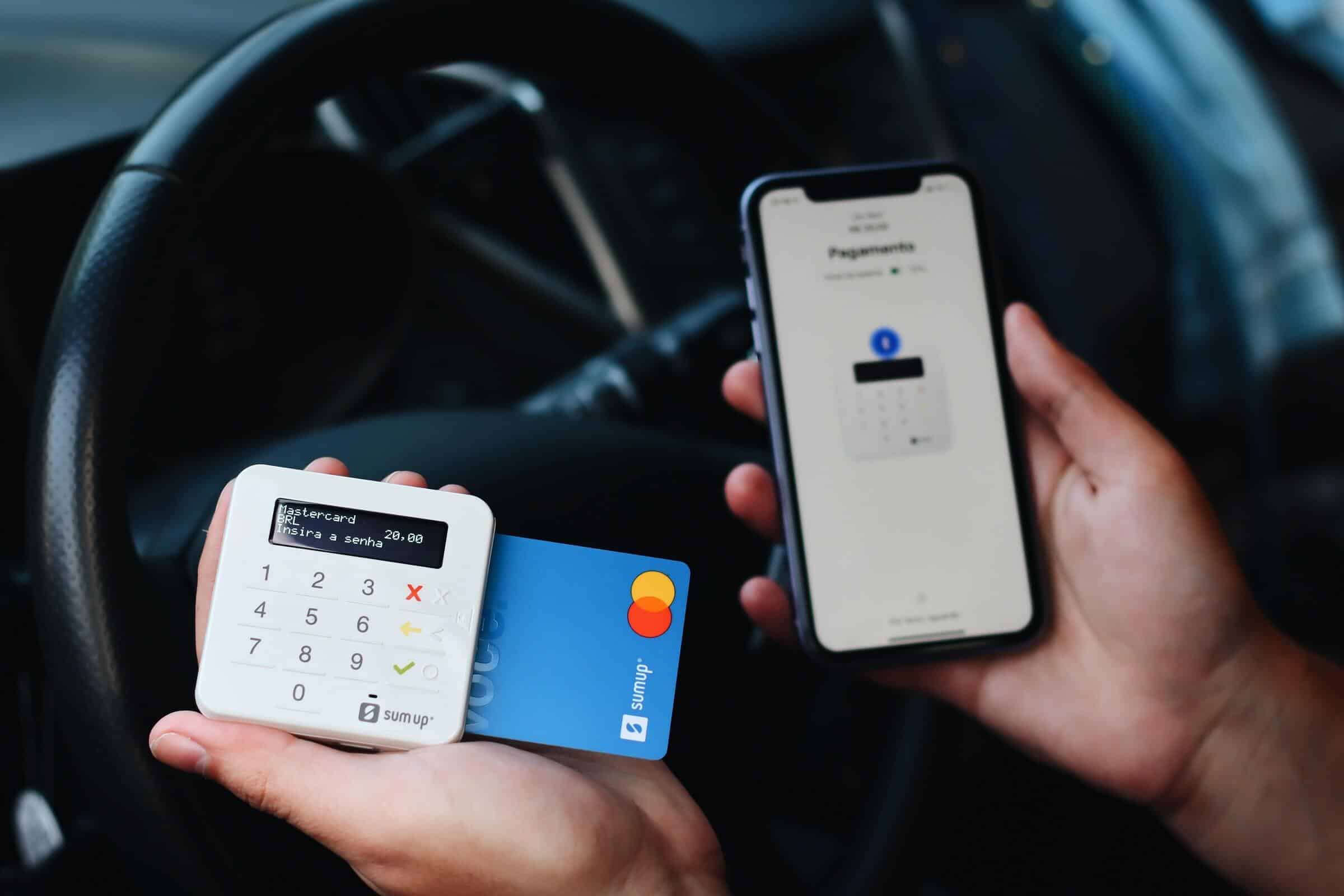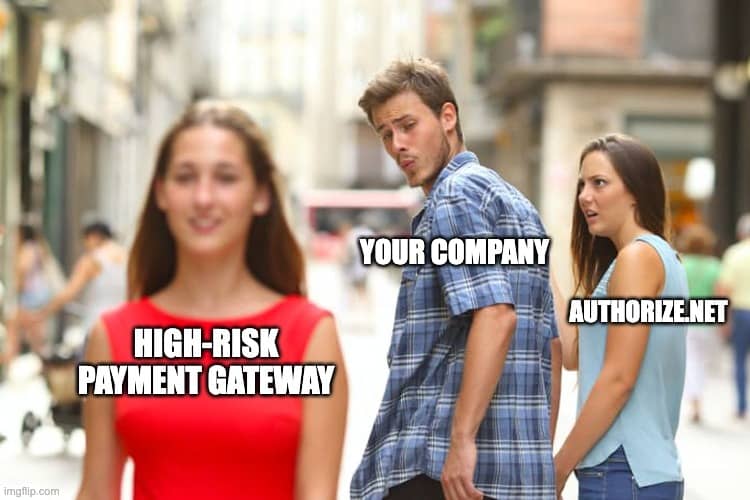How Merchants Can Deal With Declined Transactions by Issuer

For merchants and customers, it’s a frustrating experience when a customer’s credit card is declined. Whenever a transaction culminates in a “declined transaction by issuer” message, the merchant will lose the sale. In many cases, credit card declines are issued because cardholders exceed their credit limit. Still, in some cases, the credit card company is actually putting a freeze on the customer’s credit card because they suspect fraud.
What does card decline by issuer mean?
If one of your customers has ever had a purchase blocked and asked, “What does card decline by issuer mean?” you’re not alone. Card issuer rejection is a common problem for merchants in all industries. According to a 2017 survey from CompareCards, 12 percent of US cardholders, or around 26 million, had at least one of their debit card or credit card transactions declined that year.
Exactly what does card declined by issuer mean? It means that the debit card or credit card issuer has stopped the transaction, so the purchase won’t go through. Typically, card issuer rejection happens right away at checkout, whether the purchase is made in person, remotely on the phone, or online through an e-commerce site.
A high rate of declined transactions by the issuer could mean that you’re not using the right merchant account provider. As a nationwide leader in providing high-risk credit card processing services, Zenti can help your business get the full roster of payment processing services you need so you can accept all major credit and debit cards, e-checks, and mobile app payments. With Zenti, you’ll be able to process payments seamlessly and securely for your customers.
How card rejection Affects customers and Merchants
Card issuer rejection can be a major problem on many levels. Whether declined transactions are due to insufficient funds, technical glitches, or the possibility of a stolen card, getting a declined transaction by issuer message is exasperating for everyone involved.
What does a card decline by issuer mean for customers? For a customer, a declined payment means they won’t be able to purchase the product or service they wanted without using another form of payment unless the problem can be fixed immediately.
As bad as this scenario is, customers aren’t the only ones impacted by these issues. Unfortunately, credit card declines can cause a variety of problems for merchants, even though these declines happen through no fault of their own.
What does card decline by issuer mean for your merchant account? As a merchant, you rely upon your payments to come in safely and seamlessly. When a customer’s credit card is rejected, you miss a valuable sale. The customer doesn’t get the product or service, which is bad enough because it causes customer dissatisfaction that may be unfairly leveled at the merchant.
If you’re a merchant, card issuer rejection results in a threefold loss because you’ve not only lost the sale, but you also have to pay chargeback fees. To make matters worse, the credit card issuer will add this failed transaction to your chargeback ratio, so you’re getting penalized for a customer return even though the purchase didn’t even go through.
Chargebacks and their impact
If you’re thinking, “What does card decline by issuer mean for my chargeback ratio?” the answer is plenty—industry ratios for chargebacks average around one percent or one for every 100 sales. If your rate is higher than that, you could end up being categorized as a high-risk merchant and subsequently be denied approval for credit card processing, as well as other valuable payment processing services.
If you’re wondering, “What does card decline by issuer mean for my business?” Zenti can help. As a nationwide leader in providing payment processing services to high-risk merchant accounts, Zenti can enable you to take safe and secure credit card, debit card, e-check, and mobile app payments, using platforms and strategies that can help you lower your ratio of card issuer rejections and chargebacks.
Three types of credit card payment systems
Before discussing what to do about credit card declines, it helps to know about the three common ways that merchants accept credit and debit card payments:
- Standard POS systems - Standard point-of-sale (POS) systems allow you to accept all major credit and debit cards. These are the traditional systems that you see in brick-and-mortar stores.
- Mobile POS systems - Mobile POS systems can be installed on smartphones, tablets, and other portable devices and allow you to take payments remotely.
- Online payment processors - Online payment processors allow you to receive payments online. Today’s most popular online payment processors include Stripe, Paypal, Square, and Venmo. These third-party payment processors are often the method of choice for e-commerce business owners.
Now that you know the three main types of payment processing, it’s time to go into the nitty-gritty of card issuer rejection.
Two types of credit card issuer declines
When asking, “What does card decline by issuer mean?” it’s a good idea to understand that there are two basic types of credit card issuer declines:
Soft decline
A soft decline is usually when a business, such as a rental car company or hotel puts a hold on your credit card for a specific amount. Holds can also occur when an earlier chargeback hasn’t yet been fully processed. A hold like this can freeze up those funds for several days, and what’s worse, the amount is often more than the purchase price. Issuing banks know that these holds can wreak havoc with your credit card balance, and they’ll sometimes allow you to retry the card to eliminate the soft decline and let your purchase go through.
Hard decline
A hard decline can be due to several reasons, from the cardholder not having enough funds to suspicion of fraud or identity theft. When a hard decline backs a card issuer rejection, it won’t help to try and put the card again. The only thing the customer can do is call the credit card company and find out the problem and how it can be fixed.
Reasons for declined transactions by an issuer
Here are some of the most common reasons for declined transactions by the issuer.
- Insufficient funds on the card, or transaction limit has been reached
- Payment processor technical glitches
- Expired card
- Unusual activity on the card, such as lots of purchases or high-priced transactions
- Inaccurate entry of a credit card number
- Suspected fraud or stolen card
- The cardholder is traveling abroad (overseas transactions can look suspicious)
- The card has been reported as stolen
- There’s a merchant hold on your card that causes you to exceed your credit limit
- Duplicate charges (the customer was accidentally charged twice)
Each major credit card has its own unique set of decline codes and error codes. Due to cardholder privacy issues, in many cases, these codes can be fairly vague and not indicate what the problem is. Still, unless a situation involves lost deliveries or damaged merchandise, these decline codes rarely involve the merchant.
As a merchant, you don’t need to learn these individual decline codes. Still, sometimes it can help to have a basic familiarity with them, especially if you handle a lot of card issuer rejection in your business. Toward that end, Mastercard has published an online Chargeback Guide that helps to explain “What does card decline by issuer mean?” with an overview of its most common codes.
A declined transaction by issuer message doesn’t have to result in a lost sale, as long as you follow a few simple strategies. For example, if a customer doesn’t have enough funds or a card is past its expiration date, you can suggest that the customer use a different card or an alternate payment method. If you own a larger company that has its own credit payments, you could even suggest that the customer take out a new card or sign up for a payment plan.
Getting a declined transaction by issuer message shouldn’t have to impact your revenues. If you’re experiencing too many chargebacks and issuer declines in your business, Zenti can help. We provide a wide variety of payment gateway services that can enable you to take all major credit cards, including Mastercard, VISA, American Express, and Discover, plus e-checks and mobile app payments.
Tips for dealing with credit card rejections
If a customer asks you, “What does card decline by issuer mean?” you can explain that a declined transaction by issuer message may or may not reveal the specific reason, and it’s something they’ll have to speak to the bank issuer about.
Card issuer rejection scenarios are covered by regulatory protocols to ensure that customer data is kept private and secure. However, the good news is that a declined transaction by issuer message doesn’t have to result in a lost sale, as long as you follow a few simple strategies:
- If you think it might be a glitch on the part of the payment gateway system, you can check sites like Down Detector to see if any processing problems have been reported with the issuer. In cases like these, it’s safe to retry the card one or two more times to see if the charge will go through.
- If a customer doesn’t have enough funds, or if a card is past its expiration date, you can suggest that the customer use a different card or an alternate payment method.
- If it sounds like the bank issuer might suspect fraud, you’ll want to suggest to the cardholder that they call their credit card company immediately. Fast action can prevent more fraudulent charges on the customer’s account.
- If you own a larger company with its own credit payments, you could even suggest that the customer take out a new card or sign up for a payment plan.
By offering these viable options, you can show the customer that you’re trying to be proactive in helping to put the transaction through. This level of customer service can go a long way toward retaining customer goodwill.
Ways to prevent chargebacks
As a merchant, you might not have any control over your customers’ declined credit card transactions, but you can control chargebacks. These tips can help you prevent chargebacks on your merchant account:
- Always ask for the CVV in every transaction. This important card code adds an extra layer of security because it’s hard for criminals to access the CVV code unless they physically have the credit card in hand.
- Get the complete billing address for all transactions and run it through an Address Verification Service (AVS) to compare it to the cardholder’s address on file. If it’s not a match, the transaction will be declined for suspected fraud.
- Invest in 3-D Secure Protocol (3DS) protection. This allows customers to enter a private security code that will further validate their identity.
- Provide accurate, detailed descriptions of your products or services, with plenty of photos.
- Have a clear-cut, easy-to-understand return policy that’s clearly stated on your website.
- Be sure to enter all credit card information accurately.
- Offer top-notch customer service. Even if there’s a glitch in processing, customers remember when merchants go out of their way to be helpful, and this level of attention can salvage sales and ease customer stress.
If you’re tired of getting declined transactions by issuer messages, Zenti can help. Even if your business or industry has a high ratio of card issuer rejection, Zenti can help you get approved to accept all major credit cards, debit cards, e-checks, and mobile app payments, even if you’ve been denied in the past. Plus, we offer streamlined management solutions so you can mitigate chargebacks, boost revenue, and provide more customer satisfaction.
Contact Zenti and learn about our roster of services that can help you take your business to the next level and beyond.
Read Next

Find out whether Authorize.Net works for high risk merchants, what restrictions you might face and how to get approved.

Get expert advice on selling CBD products on Shopify, including compliance tips and setting up secure payment options.

Find out why Square may deactivate merchant accounts and steps to resolve issues and maintain uninterrupted payment services.
Need a High-Risk Merchant Account?
Disruption-free payment processing at the best price for your situation, guaranteed.
Get Free Guidance Now!